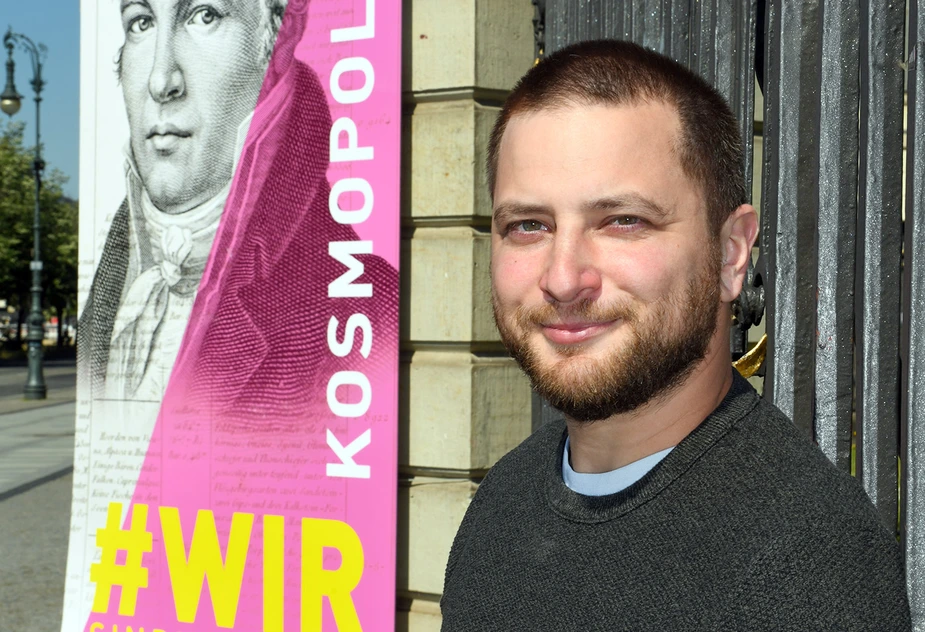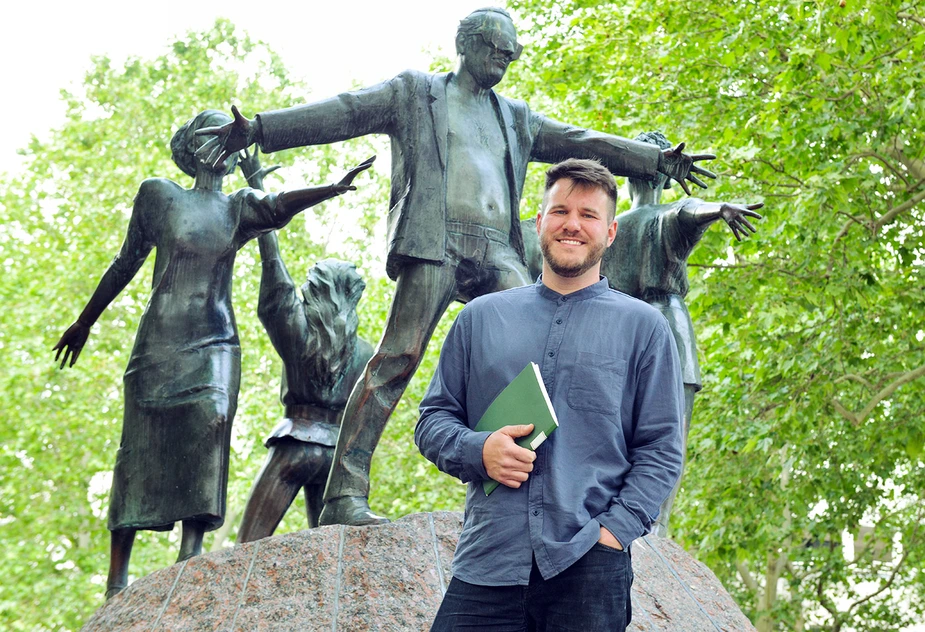Hey, foreign language!
How do machine translations fare in providing accurate translations?
Using smartphone-based translation apps or Google Translate on their computers are invaluable tools to many. The software is continuously improving. But how does it work? What are its limitations? And will our children stop learning foreign languages because of them?
Is it possible to have a small chat with a computer about anything at all that feels as real as talking to a human being? This is not science fiction but something Alan Akbik, a professor for machine learning at Humboldt-Universität, is trying to turn into fact. His research focus is on natural language processing, or NLP. These techniques and methods enable machines to understand us, even when we, pardon my French, blabber on without thinking. Since the software can comprehend the meaning of what is being said, it can also draw logical conclusions and ask follow-up questions. If all goes well, this then feels like having a natural conversation.
‘The aim of my research is to make machines understand the human language,’ says the Adlershof-based scientist. Not an easy feat. ‘A large part of our work is giving machines a better idea of the world, which we do by encoding linguistic and world knowledge through neural language modelling.’ ‘Deep learning’ is the relevant buzzword here – machine learning that works much like how learning works in human brains. It requires practice, practice, and more practice. The computers are fed ludicrous amounts of pairings of vocabulary, sentences, and short paragraphs. By putting in these millions of data, the translation software is initially trained and then keeps on learning on its own accord.
This has its limits: ‘One major limitation is that these approaches are very data-hungry,’ says Akbik. This means that the quality of a machine translation system depends on the amount of data available for a language pair. Akbik: ‘The data also have to come from the right domain.’ If the goal is to translate medical language, the training data also needs to consist of medical language. ‘This is a significant bottleneck because these data are not always available,’ says the researcher. A further limitation of complex neural approaches, according to Akbik, is that the underlying model is essentially a ‘black box’ that must be trained with example data. ‘This makes it hard to understand which translation errors a system makes (known as “hallucinations”) and to determine what type of knowledge the model needs to improve.’
Nevertheless, the researcher finds that machine translation based on neural networks has made ‘incredible progress’, especially since 2016.
This technological leap is also registered by Simon Wolff, a translator, who has been working for WISTA Management GmbH and others for several years. ‘The development has been striking. Five years ago, the translations from Google & Co sounded clumsy and were hardly able to find the right words. This works much better now.’ He is amazed at how software like DeepL even automatically changes word order when the target language demands it. With highly formalised or codified language, such as in medicine or law, Wolff could well imagine that the use of machine learning will soon completely take over the job of many translators.
He does not believe, however, that his own work could be replaced by artificial intelligence in the same way: ‘When it comes to the “what”, computers may well take over. But not when it comes to the “how”. How the author conveys their intentions, emotions, and atmosphere.’ This applies particularly to journalism and marketing. As a German-British native speaker of English, Wolff places great importance on natural language, readability, and a sensibility for cultural nuances. ‘This is hard to do for an algorithm,’ he claims. The degree to which a translator is immersed in another language can be measured against the degree to which the reader can tell that a translated text was originally written in German. Systems based on artificial intelligence might never be able to reproduce the special sound of a text, subtle wit, or spicy puns. To do so, we will need people like Wolff. He also can’t imagine having machines take over the job of interpreters at, say, peace negotiations. Tonality and nuance could quite literally make the difference between war and peace.
To be sure, ‘with a smartphone at the ready, people who don’t feel like learning a language won’t have to do just for going on holiday.’ In his view, however, there are many good reasons for learning another language. Akbik agrees: ‘Learning, speaking, and understanding a new language is one of the most rewarding experiences one can make,’ he says. ‘The experience of deep-diving into another language and culture is something that machine translations will never be able to replace.’
By Chris Löwer for Adlershof Journal

